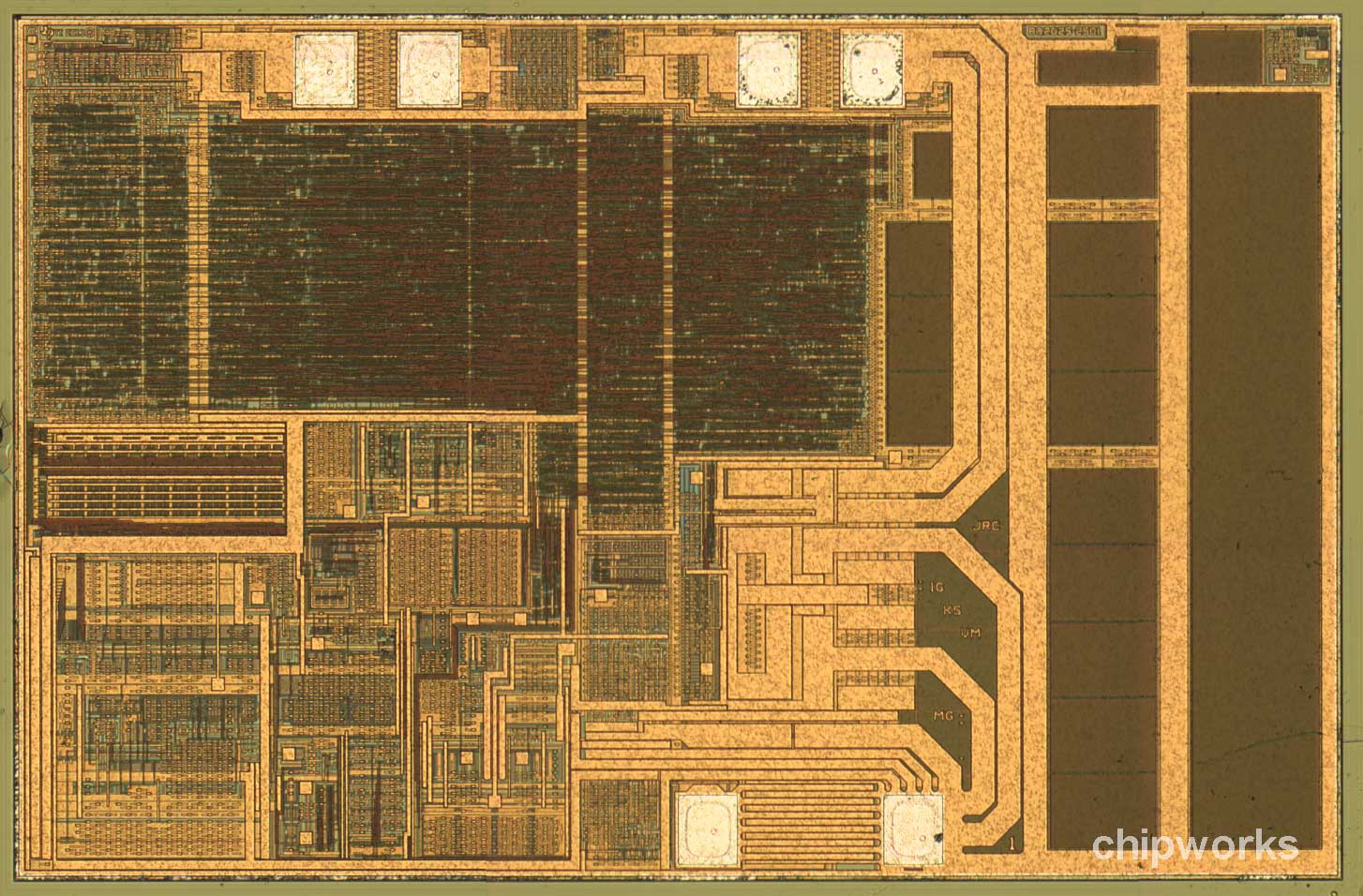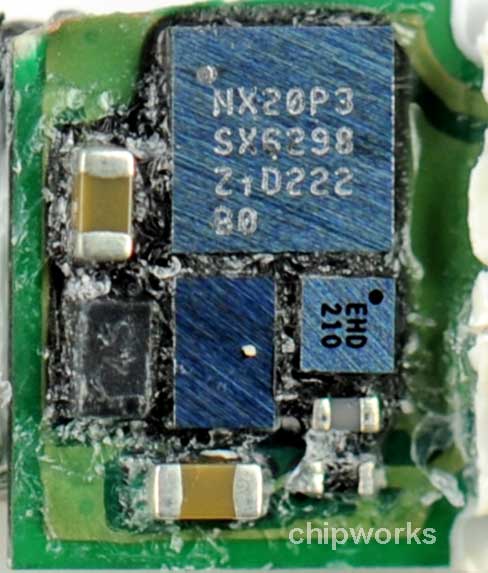TI chip in Lightning cable could allow iOS devices to save electricity when charging


There has been a lot of controversy over Apple’s new Lightning connector introduced with the iPhone 5 and refreshed iPod lineups. Perhaps the biggest source of frustration for users and accessory manufacturers alike is the inability, so far, to produce official third-party products using the new standard. Apple has yet to update accessory makers with changes to its ‘Made For iPad/iPhone/iPod (MFi)’ policies. This will apparently require approval of facilities manufacturing Lightning products, but according to reports, it will not come until at least next month.
 For accessory makers wishing to produce unofficial Lightning products, that process has proven difficult thanks to chips Apple has built into the connector thought to include security features. Despite reports that the security features have already been reverse engineered, and one or two third-party products on the market using the original Lightning cables from Apple’s suppliers, we have yet to experience a flood of Lightning products available to consumers. We also did not know exactly what tech Apple is including in these chips, something that we get a better look at today courtesy of a detailed teardown from Chipworks.
For accessory makers wishing to produce unofficial Lightning products, that process has proven difficult thanks to chips Apple has built into the connector thought to include security features. Despite reports that the security features have already been reverse engineered, and one or two third-party products on the market using the original Lightning cables from Apple’s suppliers, we have yet to experience a flood of Lightning products available to consumers. We also did not know exactly what tech Apple is including in these chips, something that we get a better look at today courtesy of a detailed teardown from Chipworks.
Once inside, Chipworks found a TI chip labeled “BQ2025” (alongside a handful of others) that could possibly include security features. The chip isn’t listed on TI’s website, but four similar chips are:
However, TI does have published datasheets on the BQ2022, BQ2023, BQ2024, and BQ2026. These four chips are cataloged on TI’s website as battery fuel gauges, but they are not identical, with three of them being serial EPROMs and one of them being a battery monitor IC… All use a single wire SDQ interface (TI’s proprietary serial communications protocol), and all have some basic security features such as CRC generation. So, it is certainly likely that the BQ2025 does have some security implemented on it. It would also seem likely that it includes an SDQ
Another possibility is that the chip is being used to better conserve electricity. For example, the cable could stop drawing electricity once the connected iOS device is fully charged to provide the obvious benefit of saving power. According to research from Opower, the iPhone 5 costs a mere 41 cents annually to charge once per day. However, the focus might simply be a greener, more energy efficient product.
In terms of the security features, Chipworks noted this is “the first secure cable” it has seen with this type of security device. It also speculated that, in terms of Lightning connectors, “piracy is not a concern” for Apple:
